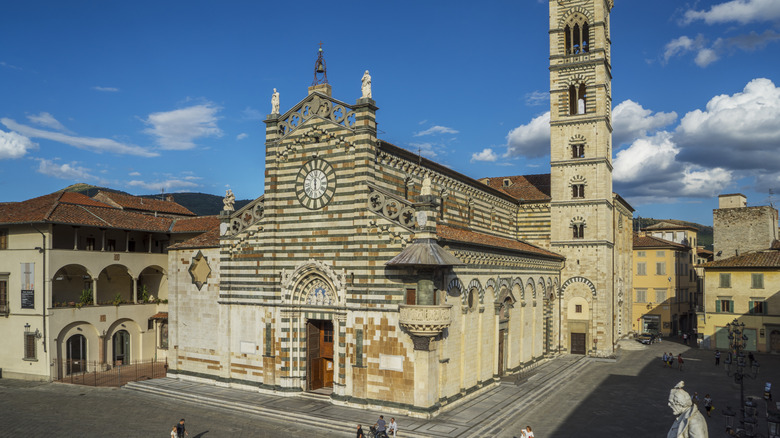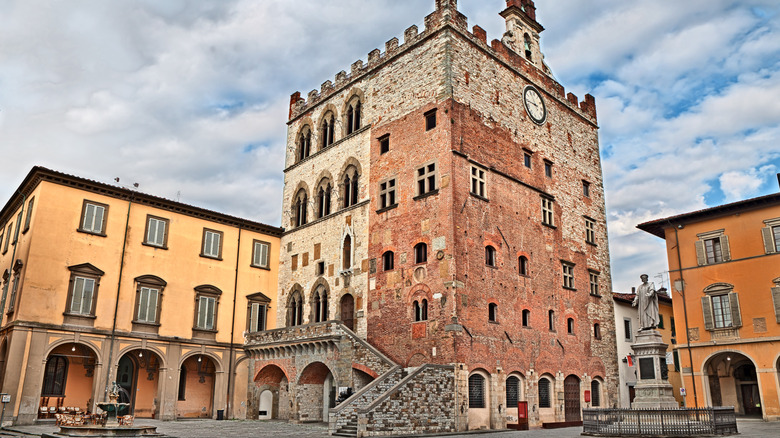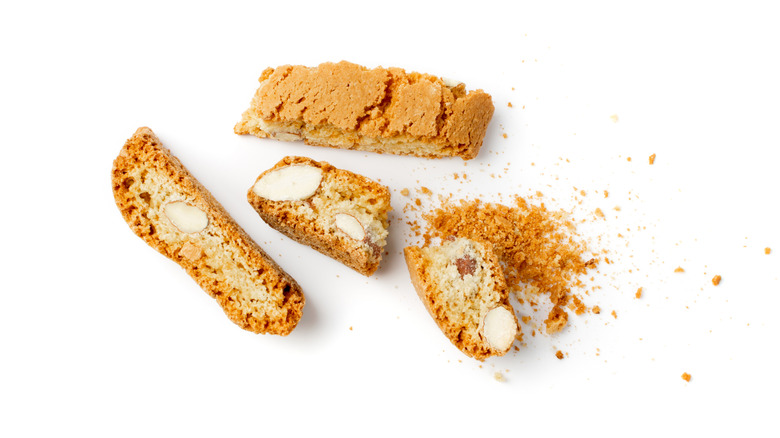Situated Between Milan And Rome Is A Very Underrated City In Italy With Ancient Castles And Medieval Art
Conveniently located between Milan and Rome (an excellent city to kick off a vacation in Italy), the underrated Tuscan town of Prato has always been somewhat in the shadow of the art-filled gem that is Florence. But much like Florence, Prato is filled with beguiling architecture and medieval art, with stunning churches and a genuinely interesting collection of museums making up a large part of what to do in the town. For foodies, there are also a few gastronomic specialties to look out for, including the much-loved biscotti that has its roots in Prato. In addition, fashion lovers will find an intriguing textile history in this city, while art lovers hoping to see a more modern side of Italy are well-served in the Centro per l'Arte Contemporanea Luigi Pecci, Italy's first museum dedicated to avant-garde art.
The closest major airport to Prato is Florence's Amerigo Vespucci Airport, which is a 30-minute bus ride away. And since it's so close to Florence, Prato makes an excellent addition to a Tuscany itinerary, whether you're exploring Tuscany's incredible art scene or getting to know it as one of Italy's best destinations for wine lovers. If you'd prefer to explore Prato on a day trip from Florence, then you can take a direct train in just 20 minutes from the Firenze Santa Maria Novella train station.
Prato's cultural highlights
The stunning Duomo Di Prato is a highlight, with an eye-catching striped marble exterior that includes a unique 15th-century pulpit made by Donatello and Michelozzo di Bartolomeo, identifiable by its umbrella-esque canopy. Inside the church, there are medieval frescoes, a chapel dedicated to the Virgin Mary, and a holy relic believed to be her belt. The belt is put on public display at Christmas, Easter, May 1, August 15, and finally, on September 8, as a part of The Feast of Nativity of the Virgin Mary, when it's shown as the final act of a procession that fills much of the town.
The Castello dell'Imperatore (Emperor's Castle) is a vast fortress built by the Holy Roman Emperor Frederick II in the 13th century, which, while originally used as a home for the emperor's viceregent, went on to become a garrison and prison. The interiors serve as a museum, but there's also an external walkway with fabulous panoramic views of Prato and the surrounding Tuscan countryside. Another historic building to see is the Palazzo Pretorio, a 13th-century civic palace housing a museum whose patchwork-like exterior is due to the merging of three different buildings.
During the Renaissance, Prato was renowned for its wools and silks, and to this day, one of Prato's major industries is textiles. But this has grown to include things like alpaca and camel wools, as well as a focus on sustainability, with 15% of the world's fabric recycling taking place there in 2018. There's a brilliant museum, the Museo del Tessuto (Textile Museum), that has rooms dedicated to the history of the textile trade alongside an extraordinary collection of historic textiles.
Exploring Prato's food and drink
There's an undeniable international air to the food scene in Prato, some of which is likely owed to the 15,000-strong Chinese diaspora and some to the fact that Prato, unlike some other small towns in Italy, has undergone a period of population growth and has multiple thriving industries. At the higher end, you'll find delectable Japanese sushi at MOI Omakasa close to the castle, alongside Italian contemporary cuisine at the much-loved Paca, whose artful dishes are constructed from fresh ingredients from Prato-based producers. Equally, delightfully atmospheric trattorias can be easily found across Prato. Some, like Da Tommi – Ridammi Un Bacino, serves traditional Tuscan fare as well as pizza and burgers in a vaulted dining room that looks as much a gallery as it does a restaurant.
The Prato food scene has a couple of intriguing gastronomic specialties to be worked into your visit. The star of which is undoubtedly the Biscotti di Prato, still sold in the same Mattei shop, on the via Ricasoli, where they were created in 1858. Biscotti are, of course, famed the world over. Often eaten with coffee, they're a harder, drier texture than regular cookies and are often made with almonds. Their roots, however, can be traced back to this quaint little shop, still heavy with the scent of almonds and sugar after more than 150 years of service. Another local delicacy is the Mortadella di Prato, a 16th-century cured meat that's popular all over Tuscany and flavored with a range of spices. And finally, there's the Florentine spirit, Alchermes liqueur. See also the beautiful yellow tinge of local Prato white Vermouth, which is usually served alongside dessert during the Christmas holidays.


